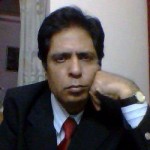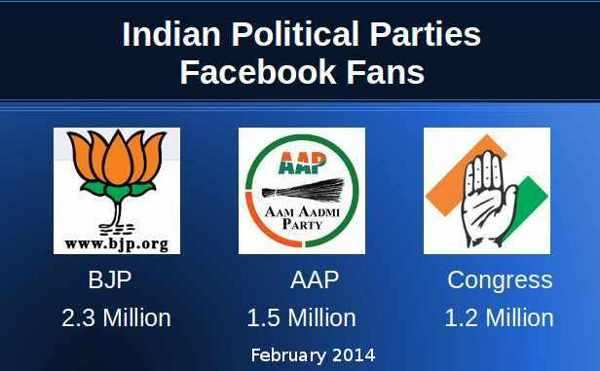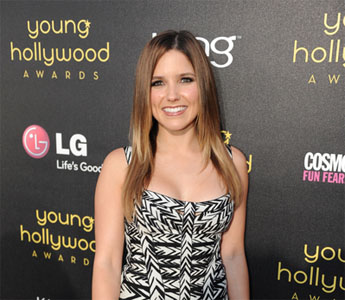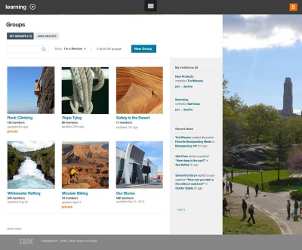How Indian Political Parties Use Facebook
By Rakesh Raman
While the Lok Sabha elections are scheduled to take place in April-May 2014, the major political parties in India are carrying out their online hustings using various social media platforms.
Their idea is to inform the voters about their achievements and promote certain key candidates. But what exactly are they doing?
Besides running the campaigns on their websites, the political parties are using Facebook for social media messaging to attract user eyeballs and collect instant feedback from the online voters.
While microblogging site Twitter and Linkedin are sparingly used by the voters, Facebook is a frequently used site by the commoners mainly because of Facebook’s collaborative, face-to-face user interface.
Unlike other social networks, Facebook’s interface gives a feeling to users that they are sitting together and can see each other’s face. They can even chat instantly with their friends in the network.
That’s why you can see a relatively better focus of political parties on Facebook. However, the social media activity even on Facebook is negligibly low if you see the diversity of Indian electorate.
Today, in India’s population of 1.2 billion people, there are nearly 750 million voters.
And in an Internet user base of nearly 200 million in India, estimates suggest that only 10 million people are members of social network Facebook, though the site makes tall claims without any authentic data to support its claims. There is an even lesser number of users on Twitter and Linkedin.
Only a fraction of these 10 million Facebook members is active on the site. The active users – who come to the site regularly and post their comments or like the posts – are just a few thousand. I think 25,000 will be a safe estimate.
So, in a country of 1.2 billion people with a voter population of 750 million, only 25,000 people are active on Facebook.
Although the Facebook pages of political parties and their top leaders show millions of people connected with them, the truth is that most are fake users.
People who are familiar with the social media ecosystem know that you can buy bogus fans and followers openly from Web vendors who sell them at the rates of peanuts. Similarly, you can even buy frivolous comments and artificial Likes from such vendors.
So, the number of fans with a Facebook page or the number of Likes to a post can’t be the true parameters of the popularity of a politician or a political party. Rather, their popularity can only be evaluated by a qualitative analysis of the interaction and engagement with a page and each post.
Today, the Indian National Congress – the ruling party in India – has 1.2 million Facebook fans, the opposition Bharatiya Janata Party (BJP) has 2.3 million fans, and the newly formed Aam Aadmi Party (AAP) has 1.5 million fans on its Facebook page.
But the quantity and quality of user engagement on their pages is so bad that a serious user would prefer to stay away from these pages.
For example, a political party page on average gets about half dozen posts in a day. The typical user response to a single post is a few thousand Likes and a couple hundred comments, though the number of users on these pages are in millions. Where are the other users? They are either fake or inactive.
Plus, the quality of comments on these posts is pathetic. Even on a post that highlights a party’s achievements, you can see irrelevant and vulgar jokes as comments under that post.
People post their own promotional messages, write ambiguous comments, use broken English language, and write comments in their local languages such as Hindi. Although they are the original users, they are not more than a couple thousand. Their comments that hardly make sense can’t give a true public opinion to political parties.
Perhaps the leading political parties are aware of the inferior intellectual level of Indian populace and particularly the social media users. That’s why they just put insipid posts on their pages without making any attempt to write teaser messages proactively to engage the users.
At present, only three parties – BJP, AAP, and Congress – are actually visible on Facebook and adding content regularly on their pages.
Smaller parties like Nationalist Congress Party (NCP) with 193,000 Facebook fans and Samajwadi Party with 63,000 fans are not quite active on the site. They have created their Facebook pages just to be a part of the social media trend. The user engagement level on their Facebook pages is very low.
There are other category of pages that are not created by political parties but are automatically generated on Facebook based on users’ interest.
For example, Communist Party of India (CPIM) with over 69,000 fans, All India Trinamool Congress with 18,000 fans, All India Anna Dravida Munnetra Kazhagam (AIADMK) with about 12,000 fans, and Bahujan Samaj Party (BSP) with just 9,000 fans are in the automatic Facebook page category. These pages are almost dead.
Besides, some individual leaders like Narendra Modi of BJP (with 9.5 million Likes) and Arvind Kejriwal of AAP (with 4.1 million Likes) are trying to leverage Facebook to engage with the voters.
But the outcome is not quite encouraging. Since social media is a totally new phenomenon in India, it’s being used for the first time by politicians mainly for the 2014 Lok Sabha elections.
However, when only 1.3% of the total voters in India are actually using social media sites like Facebook, politicians will not be able to use them for any significant electoral gains – at least, for the time being. Still, let’s stay connected.
By Rakesh Raman, the managing editor of RMN Company.
You also can read: More Articles by the RMN Editor, Rakesh Raman















